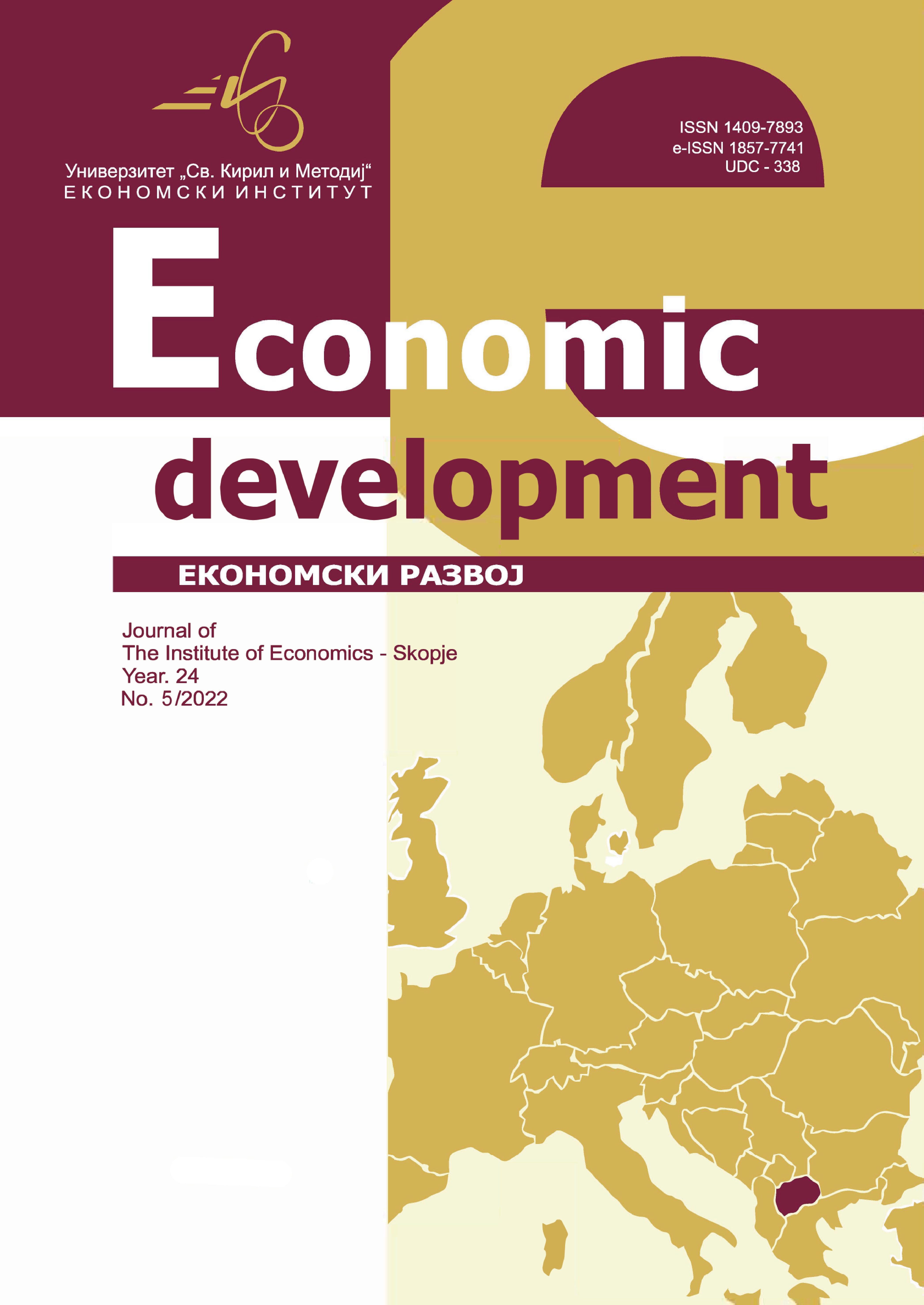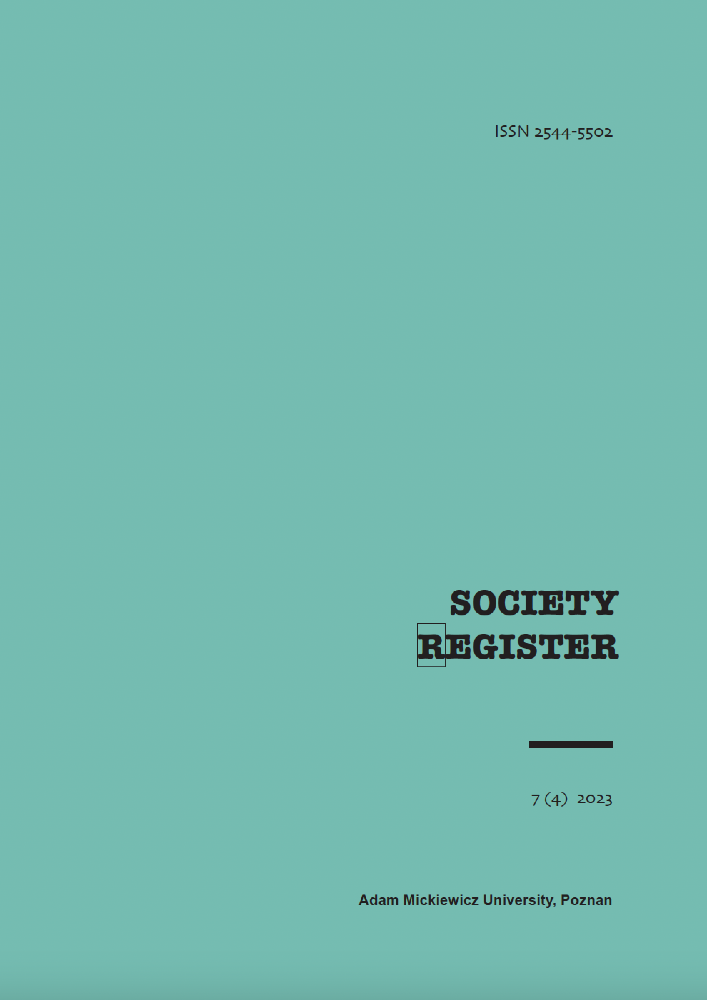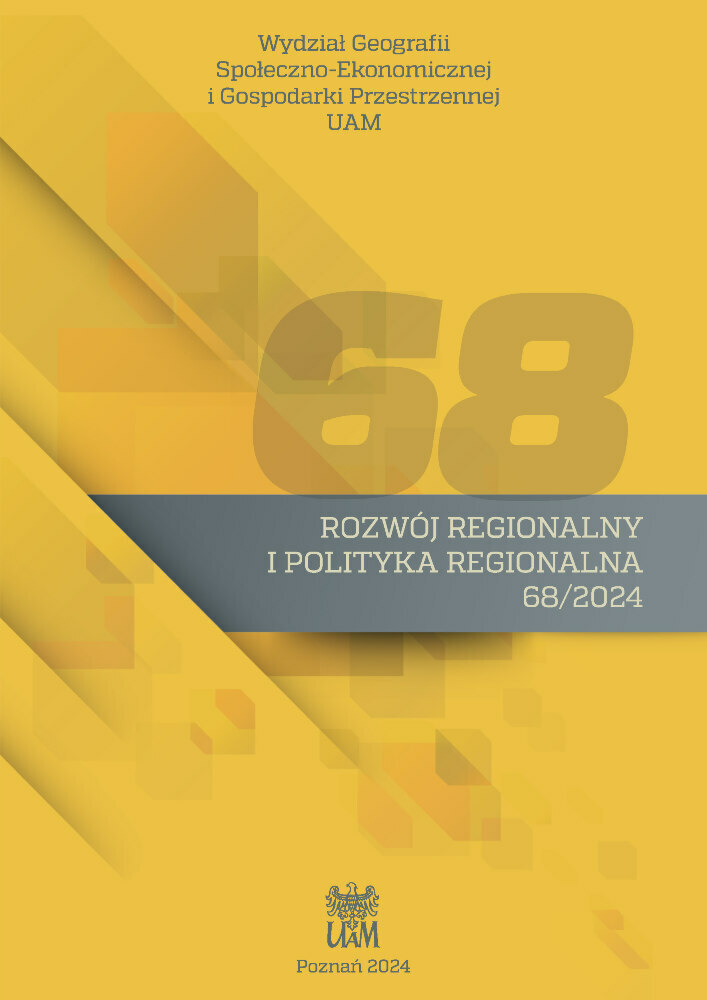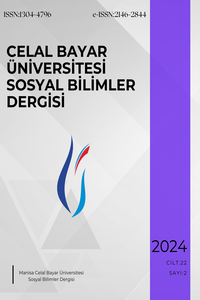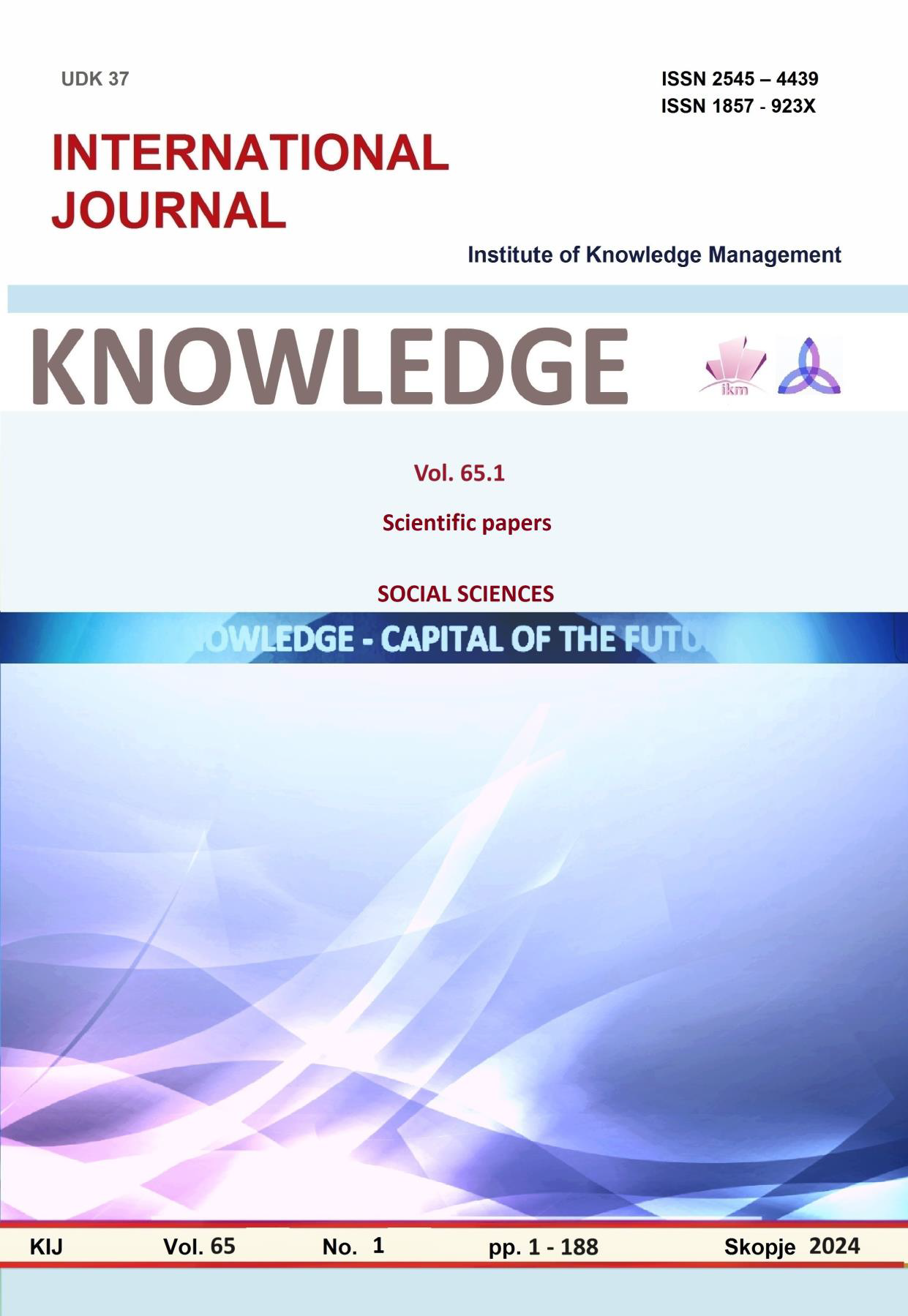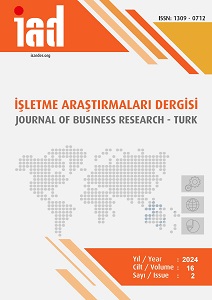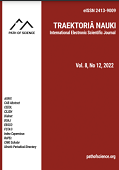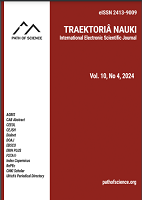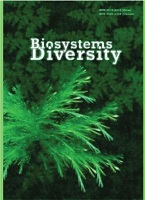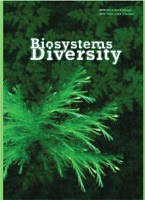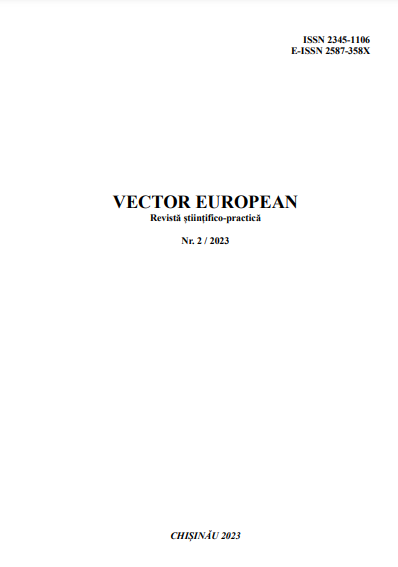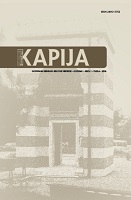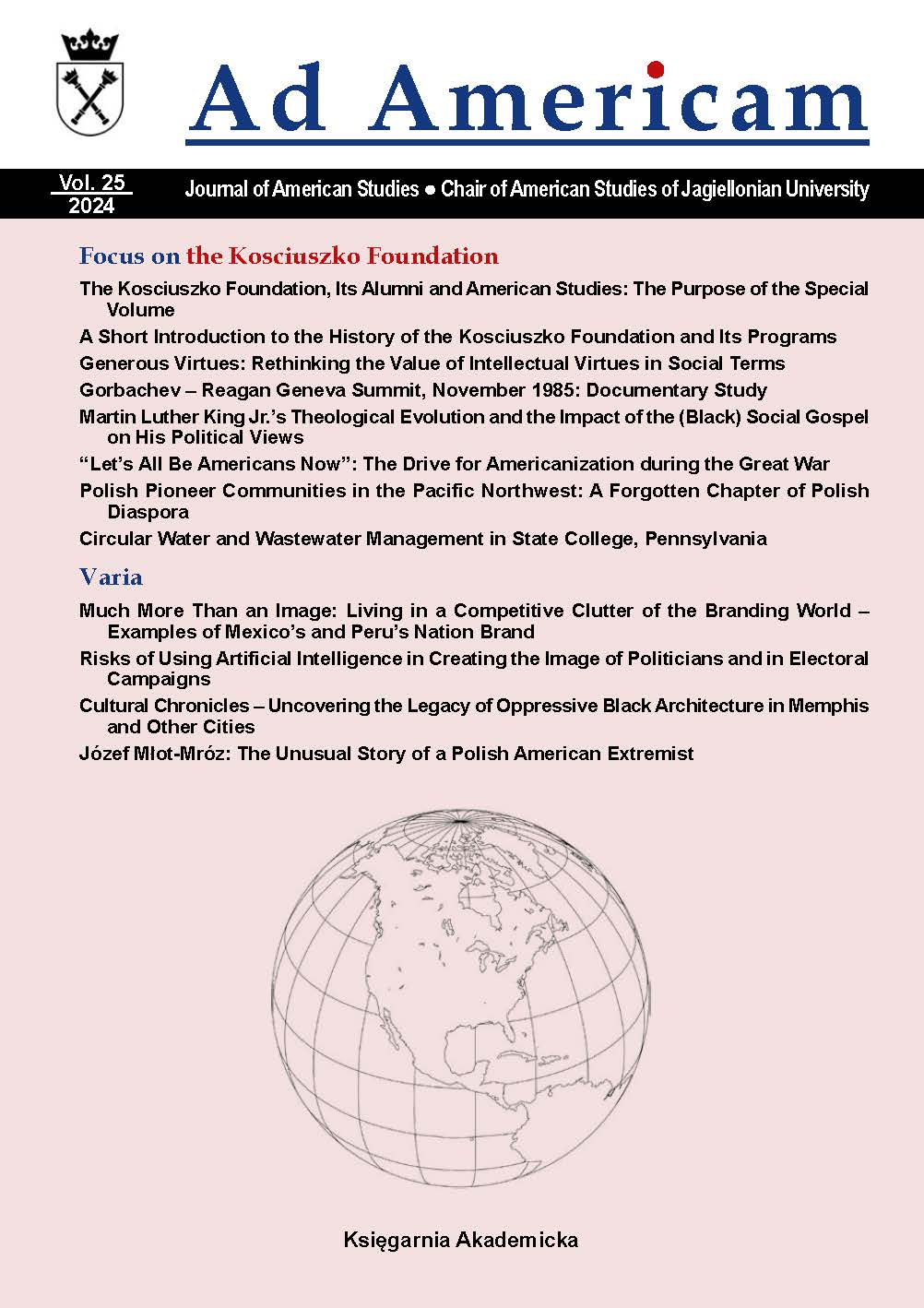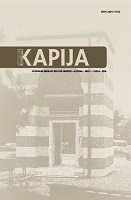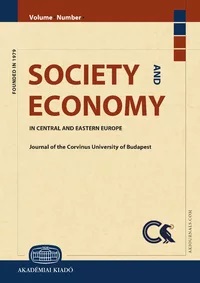
A torn generation: Dichotomies and dissonances on sustainability and technological change in in-depth interviews with university students
In a research study among university students regarding technological change, equality and environmental sustainability, deep-seated dichotomies were found in the students' mental images of the future. This study aims to present these dichotomies as well as propose explanations for them, adding to our understanding of what kind of behavioural barriers inhibit sustainability transformations. The results show that the interviewees truly struggle to decide if the world really is on fire regarding environmental change, if technology is capable of solving the situation, if inequality is truly a problem, and how they can relate to all this. The dichotomies that we found suggest that on the one hand, they find no comfort in the dominant techno-optimistic, eco-modernisation narratives and, on the other hand, they are not aware of any alternatives. The results underline the existence of psychological phenomena such as optimism bias or psychological distancing. In our paper, we also address whether dichotomous thinking poses a problem or whether we may have to accept that dichotomies can become the norm when contemplating the world in its increasing complexity.
More...
